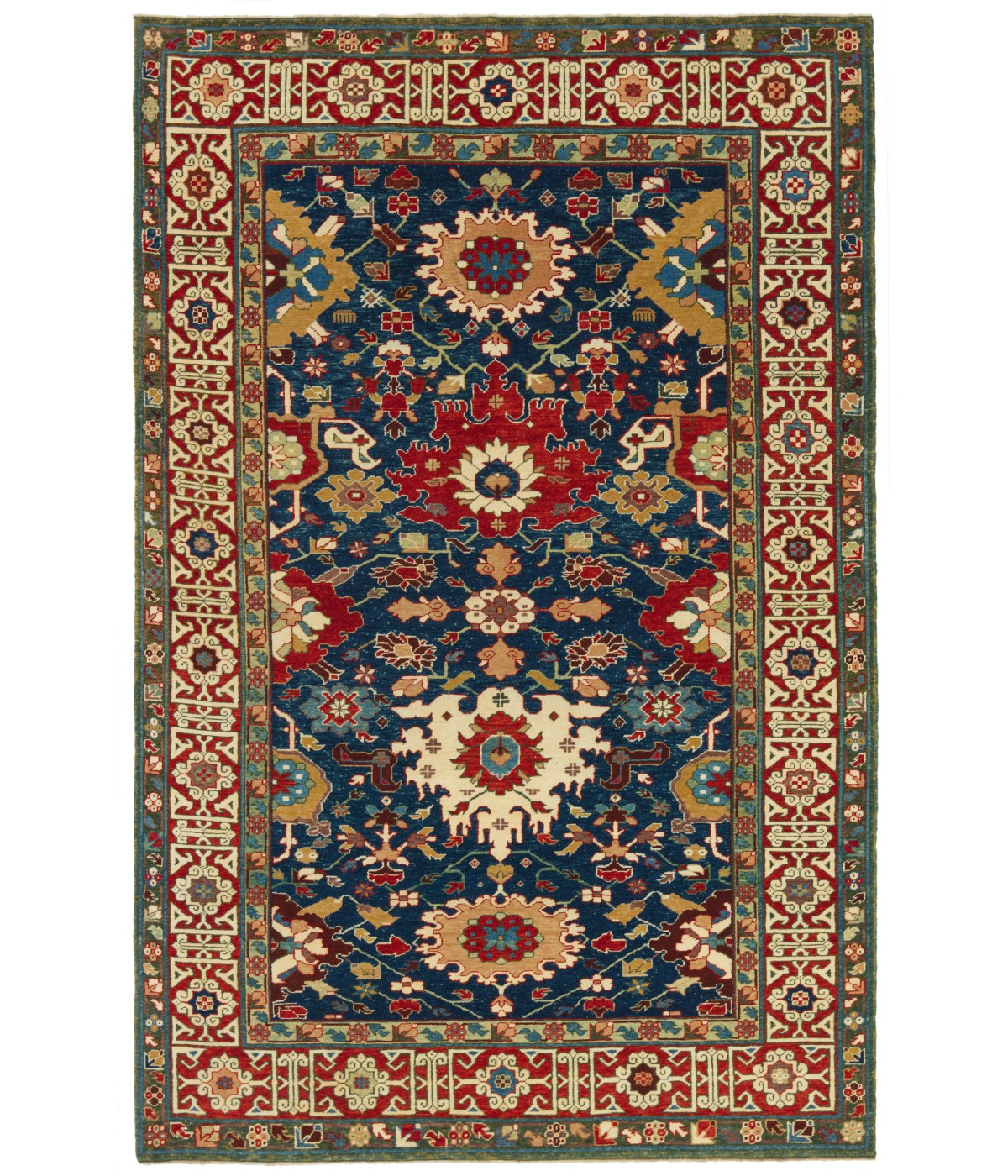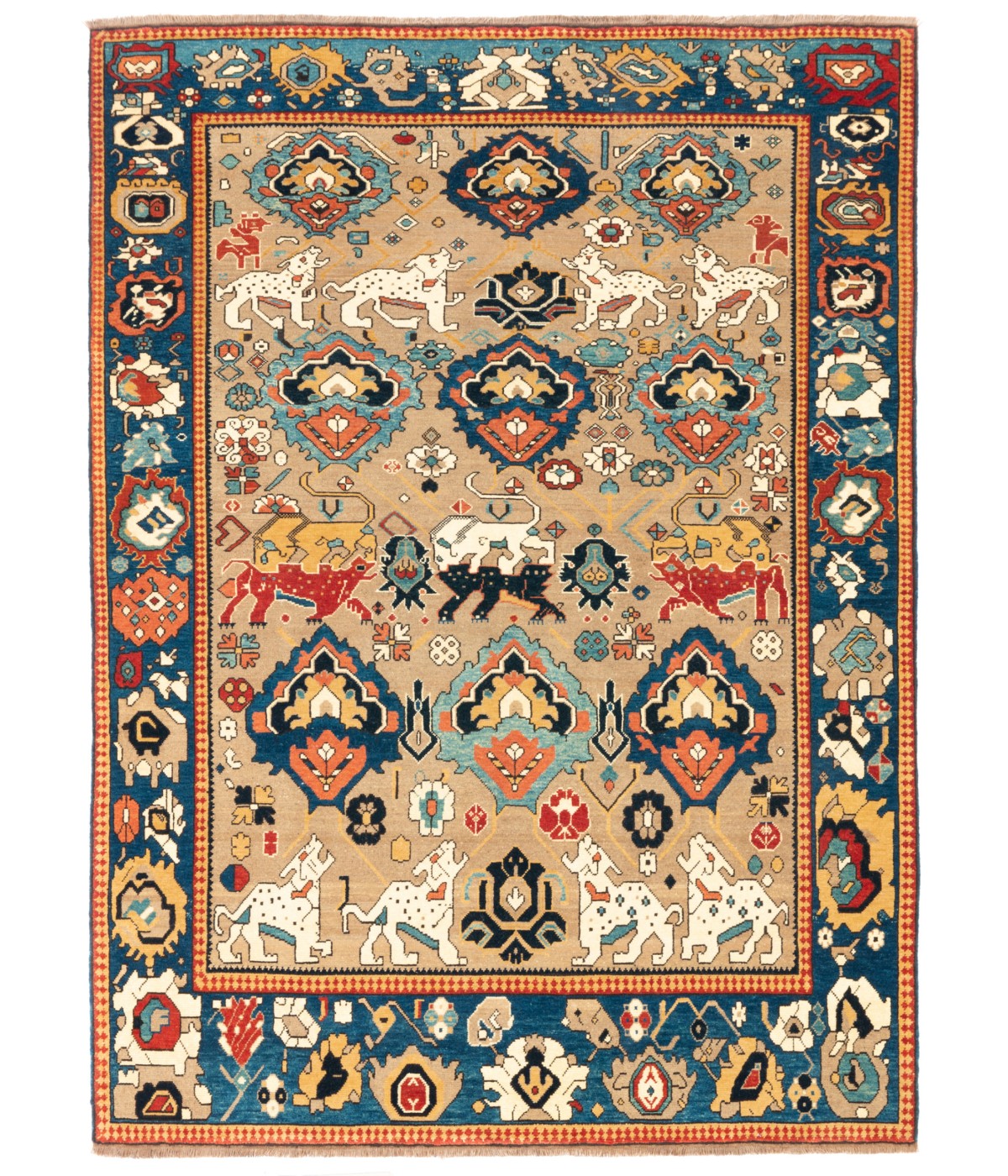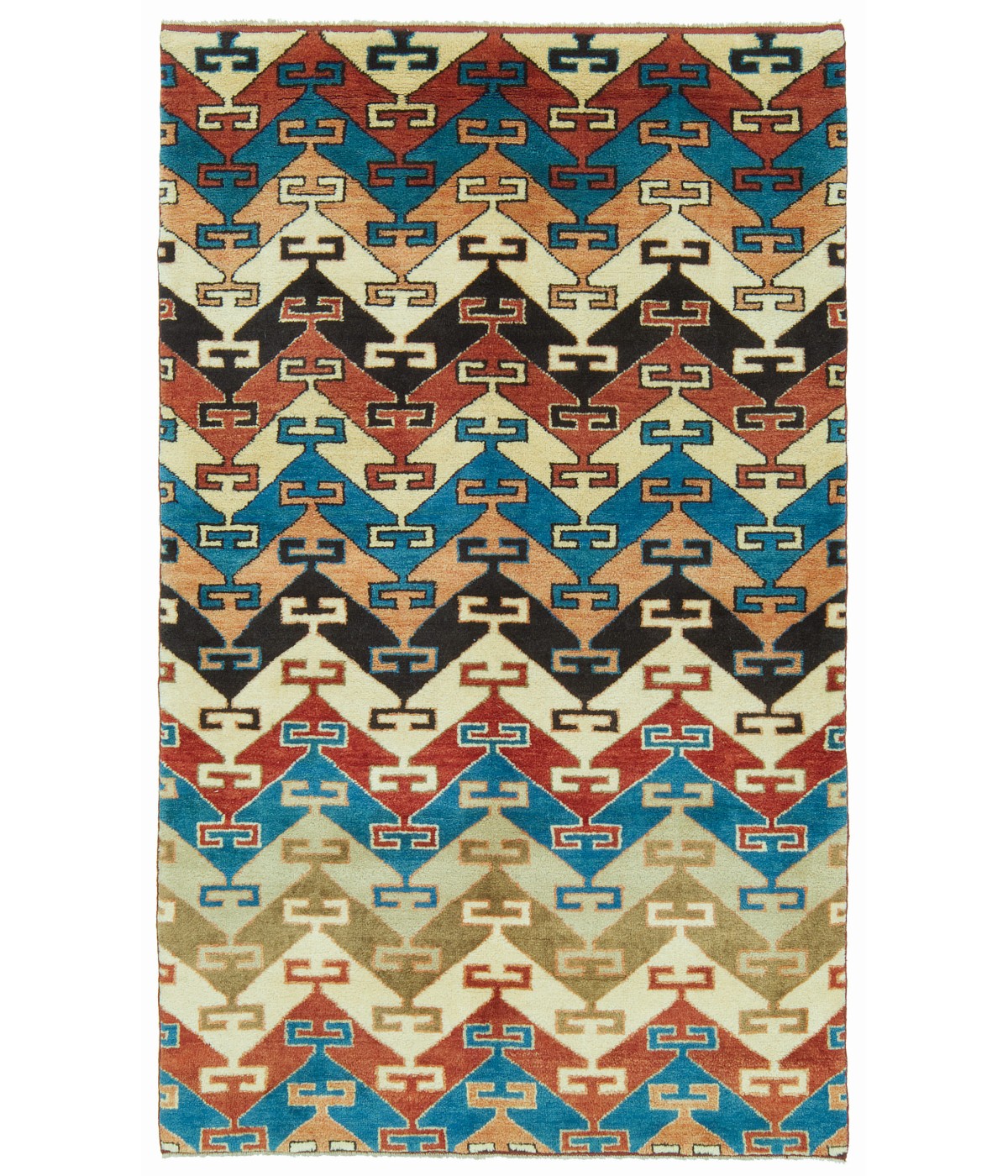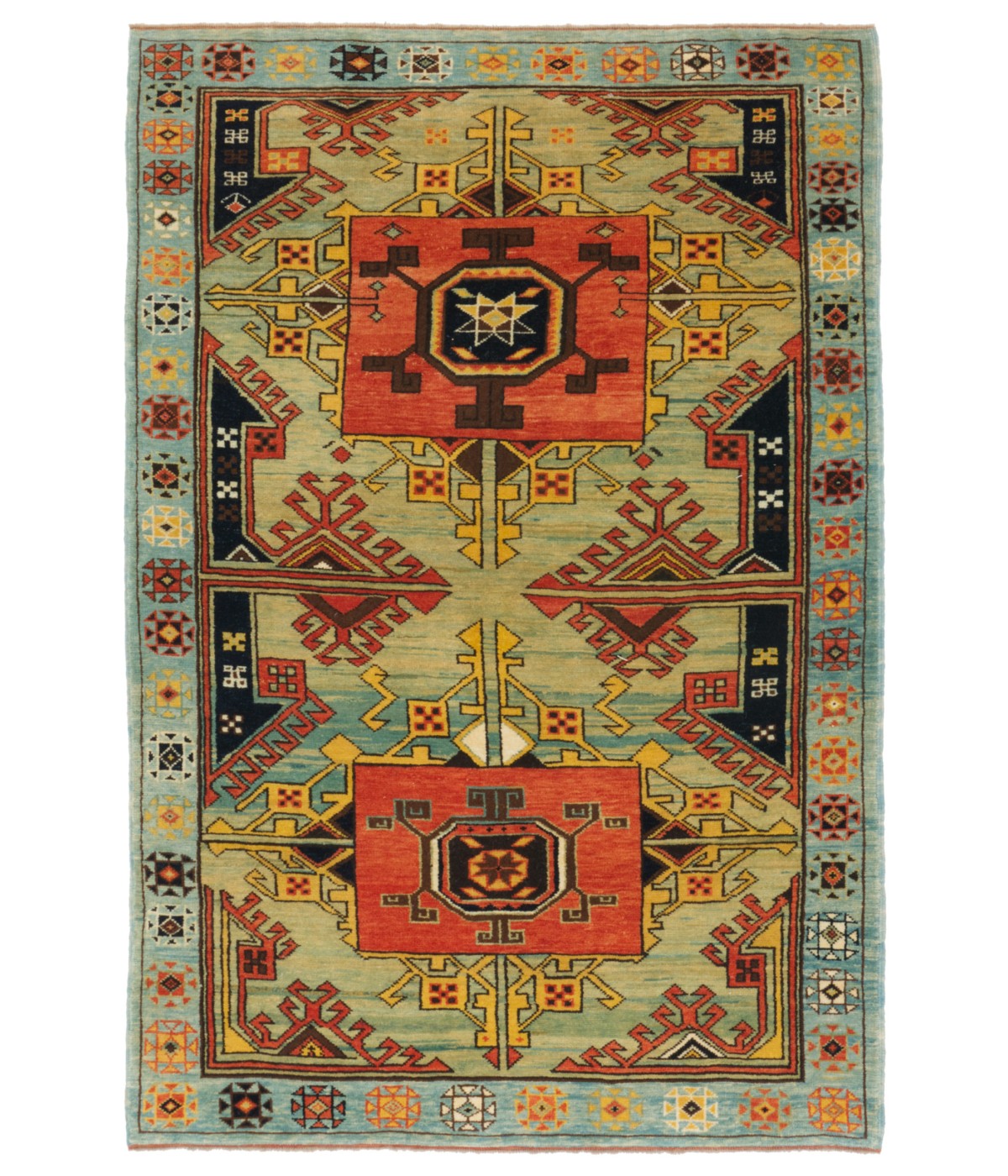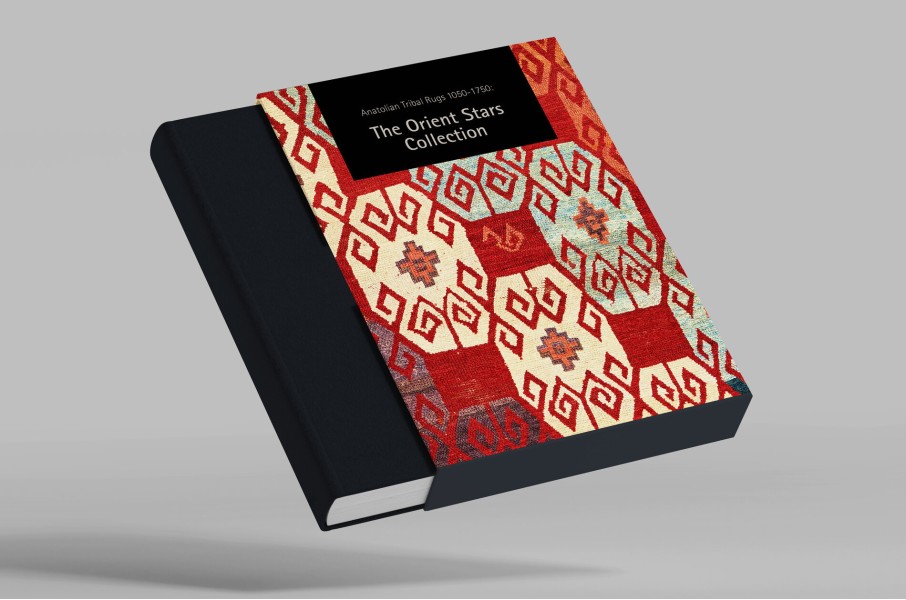
Between 1985 and 2005, Heinrich and Waltraut Kirchheim formed the most beautiful and significant collection of Anatolian rugs in private hands. They acquired masterpieces from the highest period of this art form, later adding ancient textiles as they pursued the origins of the fascinating symbols. The Kirchheim family decided to sponsor this publication to present their outstanding collection and place it within its historical context, bringing this little-known subject to a broader audience.
The first volume was published by E. Heinrich Kircheim, Stuttgart and Hali Publications Ltd. (HPL), a London-based publishing house, in 1993. The second volume, Anatolian Tribal Rugs 1050-1750, was published by Hali Publications Ltd. (HPL) in 2021. These books survey the most important private collection of carpets and kilims of the late 20th century. From 12th-century Turkish carpets to 19th-century Caucasian and Anatolian rugs and kilims, the collection reflects the determination of the late Heinrich Kirchheim and his wife, Waltraut.
The world's leading experts discuss two hundred and nineteen carpets and have become benchmarks in rarity, connoisseurship, and research. For the first time, the book revealed carpets of types previously only seen in Old Master paintings and set the standard for scientific analysis and fine art printing. Described as 'maybe the most splendidly produced major rug book ever,' this limited-edition volume with slipcase captures the most exciting private collection of rugs created in living memory and explains why the 'Orient Stars' Collection launched a new global interest in the field of carpet collecting.
- ’I benefited greatly from the Orient Stars Collection book published in 1993. Heinrich Kircheim's taste and passion for collecting made us more enthusiastic and excited. When I learned that the carpets in the collection would be sold at auction, I bought the second book and was eagerly waiting for the auction. But unfortunately, I learned the news that the collection would be sold to a person or organization before it was put up for auction. I think it would be better for the carpet collection culture if such collections reached many collectors rather than just one person or organization. The organizers, who were greedy for money, followed this path and prevented the collection from reaching more interested people. I wonder if it was planned from the beginning that this whole organization would sell like this and we became a part of this plan by buying the books, it is very sad...’ -Hakan KARAR
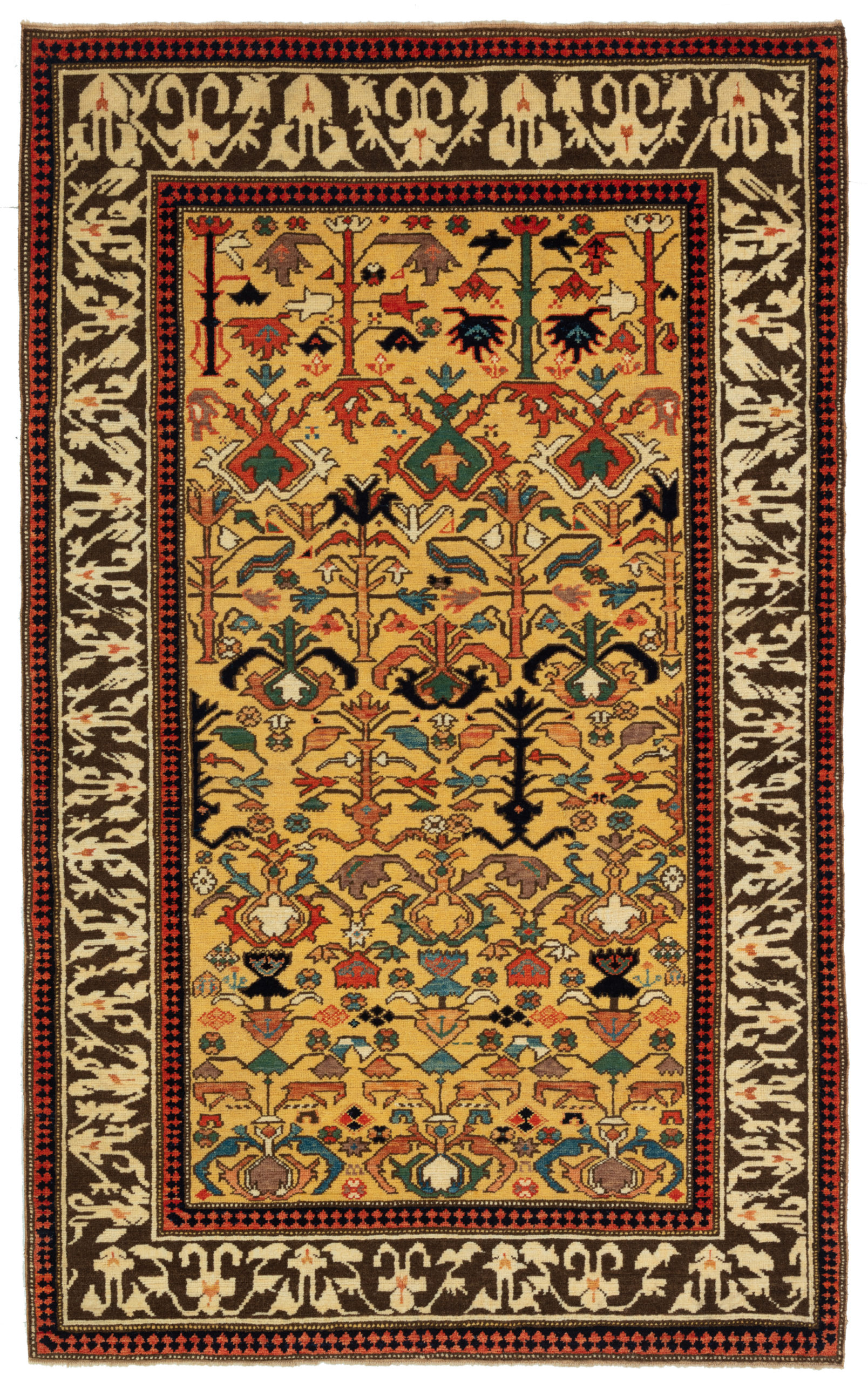
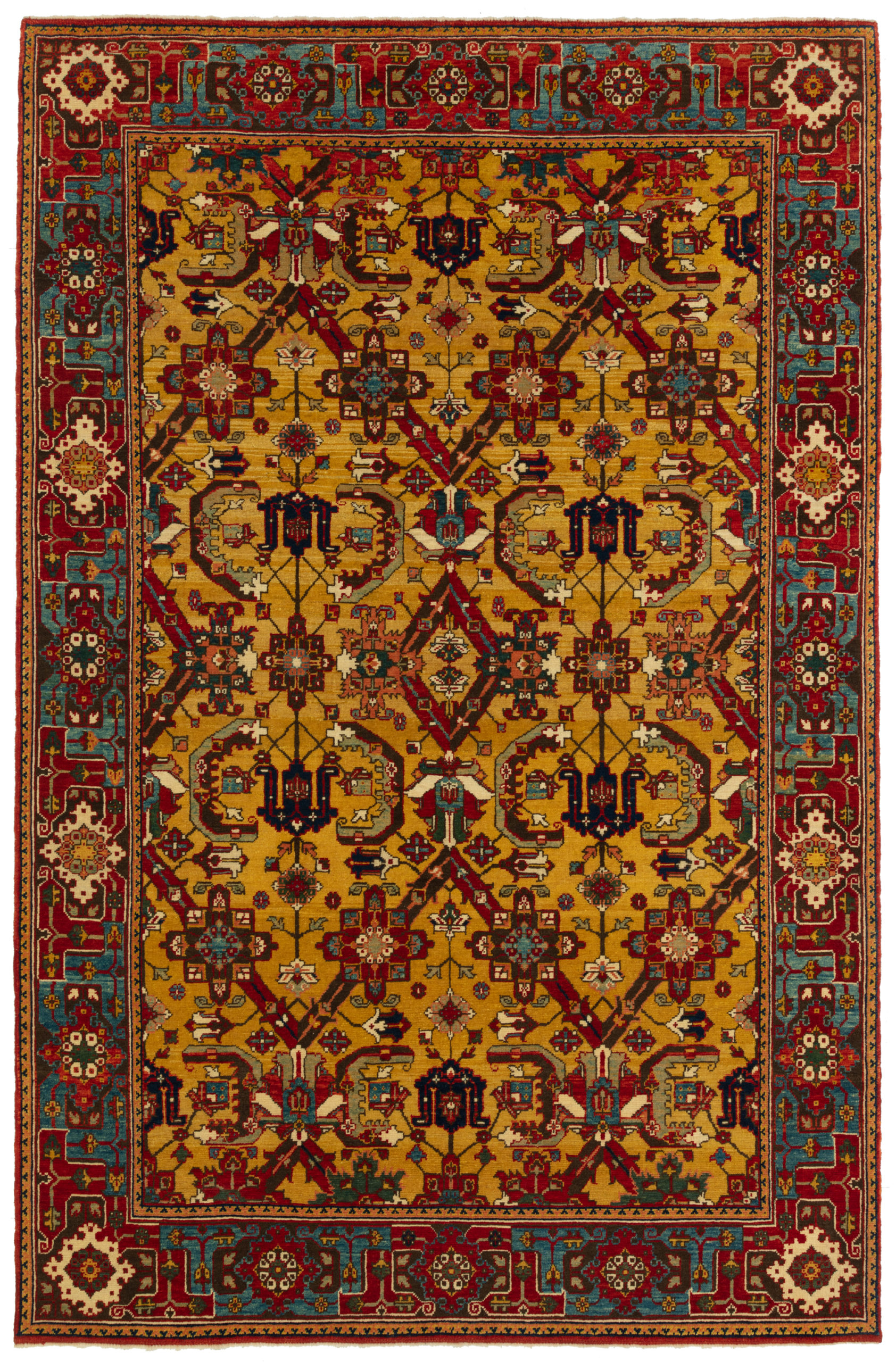
Left: Kuba Rug with Ascending Palmettes and Flowers, Right: The Spuhler Lattice Carpet with Tulips and Leaves
Explore Our Collection from the Orient Stars Collection
The first volume of Heinrich and Waltraut Kirchheim's collection, Orient Stars: A Carpet Collection, was published in conjunction with the exhibition of the same name, which was held at the Deichtorhallen, Hamburg, from 6 May to 20 June 1993, and at the Linden-Museum, Stuttgart, from 3 July to 29 August and in part until 30 November 1993.
This second volume presents thirty-two significant carpet examples of art from Central Asia, Persia, and primarily Anatolia acquired by the Kirchheims between April 1993 and June 2006, along with forty-three essential carpets published in Orient Stars, with new research and texts.
Harshang Design with Kufic Border Rug from the Collection
The rug source comes from the book Orient Star - A Carpet Collection, E. Heinrich Kirchheim, Hali Publications Ltd, 1993 nr.79. This is an unusual 18th or 19th-century rug design from Khila, Kuba region East Caucasus area. Very similar palmettes, drawn in a curvilinear manner and combined with identical forked leaves, can be seen on a few examples of workshop carpets made from the late seventeenth century onward in Herat in Khurasan province, east Persia, and the same pattern known as Harshang design was used in the Caucasus in the eighteenth century, as well. The design of this rug is interpreted, and vivid colors are chosen for it.
Animal Carpet in a Safavid Design Rug from the Collection:
The source of the carpet comes from the book Orient Star - A Carpet Collection, E. Heinrich Kirchheim, Hali Publications Ltd, 1993 nr.81. This is an example of one of the most intriguing design groups of carpets from the Caucasus and North-west Persia area, and surrounding regions 17th to 18th century. In the Northern Animal and Tree Group carpets, this significant example rug with the rows of animals and stylized palmettes has an overall compositional sense. We may see similar patterns in the region: the Portal of the Ulu Camii (Great Mosque) of Diyarbakir and a lion-attacking Bull carving on the wall. The most appropriate colors to match the original are used for this rug.
Zig-Zag Lines Rug from the Collection:
The source of the rug comes from the book Orient Star - A Carpet Collection, E. Heinrich Kirchheim, Hali Publications Ltd, 1993 nr.181. This is an unusual zig-zag line design of a 17th-century rug from the Konya region, Central Anatolia area, Turkey. This is a unique example of an Anatolian Village rug with its pattern and a characteristic palette of a particular part. Also, similar zig-zag pattern kilims and rugs from the Kars / Kagizman region can be observed in the 18th and 19th centuries. Among specialists, Anatolian carpets and kilims are believed to record symbols of ancient values and ideas. This tradition dates back several millennia and was only displaced during the industrial age. The Anatolian kilim design tradition probably owes its lucky survival to the fact that pile-woven carpets look more precious and would already have had a higher prestige value several millennia ago. Kilim weaving was, therefore, able to survive undisturbed within an intact cultural context for an extended period. The design of this rug is interpreted, and the most appropriate colors to match the original are used for this rug.
Carpet with Two Medallions from the Collection:
The carpet source comes from the book Orient Star - A Carpet Collection, E. Heinrich Kirchheim, Hali Publications Ltd, 1993 nr.135. This exquisite, sizeable medallion-pattern design is a 17th-century carpet from the Konya region, Central Anatolia area of Turkey. Vine scrolls surrounding the brusquely outlined central fields, the border drawing, and the palette are characteristic of yellow-ground Konya carpets. Among specialists, Anatolian carpets and kilims are believed to record symbols of ancient values and ideas. This tradition dates back several millennia and was only displaced during the industrial age. The Anatolian kilim design tradition probably owes its lucky survival to the fact that pile-woven carpets look more precious and would already have had a higher prestige value several millennia ago. Kilim weaving was, therefore, able to survive undisturbed within an intact cultural context for an extended period. The design of this rug is interpreted, and soft colors are chosen for it.

